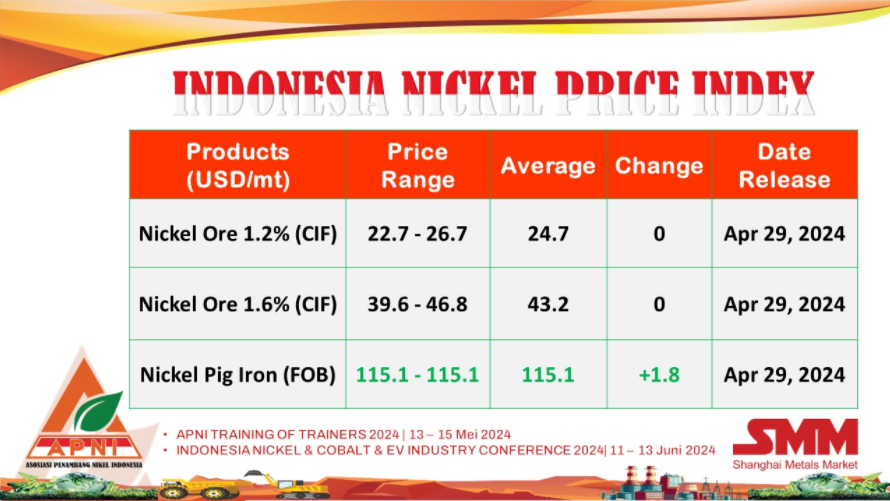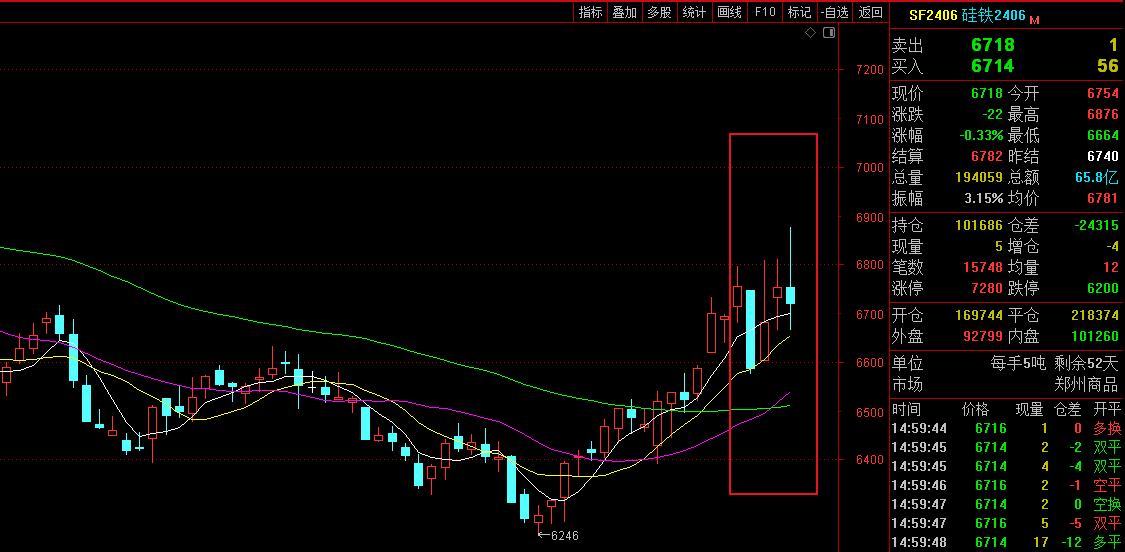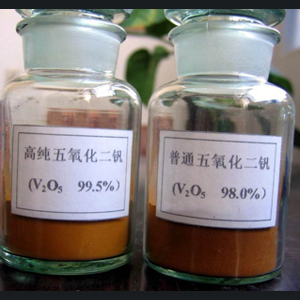by Alexandra Cain
Mining commodity prices are expected to decline over the next 12 months, largely as a result of slowing demand from China. But supply dynamics in markets such as iron ore and oil will also play a role in moving prices.
"Our negative outlook is driven by end-user demand slowing in China as the pro-growth agenda fades," says Brian Phelps, general manager, CommSec retail distribution.
So far this year, China's focus on growth has led to relatively strong demand for commodities from China's infrastructure and manufacturing sectors. But as policymakers transition the Chinese economy towards consumption and services from mid-2018, the nation's commodity consumption is expected to moderate.
Nevertheless, the news is not all bad. "While demand for commodities is expected to drop, supply-side factors will also play a role in determining individual commodity prices," says Phelps.
When it comes to iron ore, Ric Spooner, chief market analyst at CMC Markets, says the relentless downwards trend in the spot iron ore price is not over yet.
He says rising supply from Australia and Brazil has pushed the price down, which has helped inventories in China to grow to record levels.
"In early June, they stood at a record 136.6 million tonnes, up 36 per cent over the past year," Spooner notes.
However, Ole Hansen, head of commodity strategy at Saxo Bank Group, says the iron ore price could stabilise over the coming months. "It could potentially ease further into the second half of this year."
Mathew Kaleel, co-head of managed futures and global commodities, Janus Henderson Investors, says major iron ore producers are still able to generate robust margins in the $US50 a tonne range.
"Growth in supply will continue to be the major driver of returns, as opposed to demand, but the future for iron ore remains muted at best and we will likely see lower prices going into year end," he says.
Phelps expects iron ore prices to average $US55 a tonne by the December quarter, similar to spot prices now.
"Our near-term price forecast over the next two months is more positive as high steel mill margins in China provide a powerful economic incentive for Chinese steel mills to boost output and iron ore consumption," says Phelps.
"Our overarching view over the next year is that surplus pressures will re-emerge, particularly as China moves away from prioritising stable growth in a leadership transition year. Supply is also expected to pick up as Brazilian and Australian projects ramp up output capacity," he says.
'Downside risk' for coal
Coal is another commodity largely driven by Chinese demand. "Its policies on infrastructure spending, steel production and pollution control are all variables [that determine the coal price]," says Spooner.
"The most likely scenario is for prices to be steady around current levels but with some downside risk as the government looks to moderate infrastructure spending and property prices into next year," he says.
Phelps says coking coal prices are expected to moderate to about $US120 a tonne by the end of the year, as seaborne supply resumes following the impact of Cyclone Debbie on the Queensland coking coal sector in April. The cyclone likely sidelined up to 5 per cent of global export supply.
"A lift in US and Mongolian exports is expected to mitigate most of the lost tonnage. Coking coal prices have already declined from highs of around $US315 a tonne in April to current spot prices of about $US150 a tonne," says Phelps.
"Thermal coal prices are expected to track sideways as China targets a price range equivalent to $US68 a tonne to $US77 a tonne. Policymakers have signalled a willingness to lift or reduce supply if prices move meaningfully away from this price range," he says.
Supply is also a focus in the oil market, where there has recently been a pick-up in trading.
The US Energy Information Administration has upgraded US oil supply forecasts as oil rigs continue to ramp up. US oil rig counts have more than doubled in the last year, with rig operators adding rigs for 20 consecutive weeks – the longest streak in at least 30 years.
"The market is always trying to work out what's happening with the inventory cycle in the US, which has been improving," says Chris Weston, chief market strategist, IG.
CommSec expects Brent crude oil prices to lift to US$56 a barrel by the fourth quarter of this year as an OPEC-led deal to sideline global supply is extended.
The focus on oil exports should help reduce global oil stockpiles towards the five-year average, which is OPEC's target.
"But compliance with the accord among non-OPEC producers remains an issue that needs to be addressed," says Phelps.
- [Editor:Wang Linyan]



 Save
Save Print
Print Daily News
Daily News Research
Research Magazine
Magazine Company Database
Company Database Customized Database
Customized Database Conferences
Conferences Advertisement
Advertisement Trade
Trade














 Online inquiry
Online inquiry Contact
Contact



Tell Us What You Think